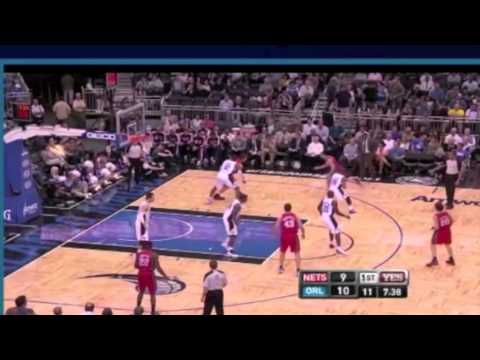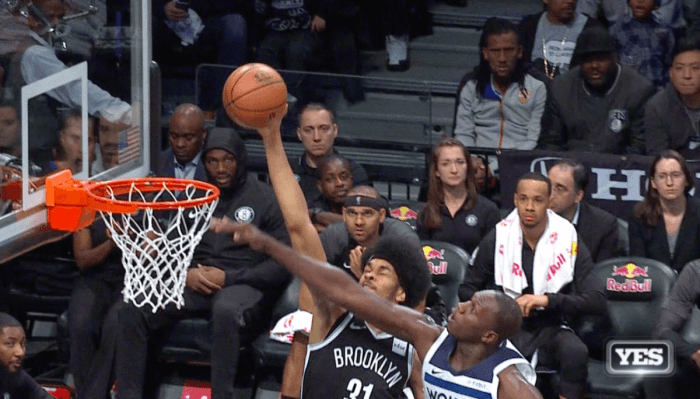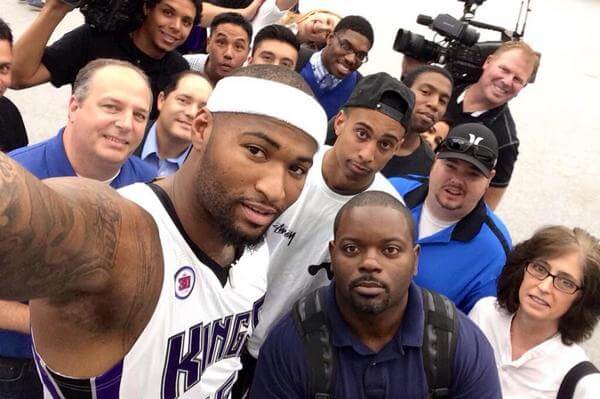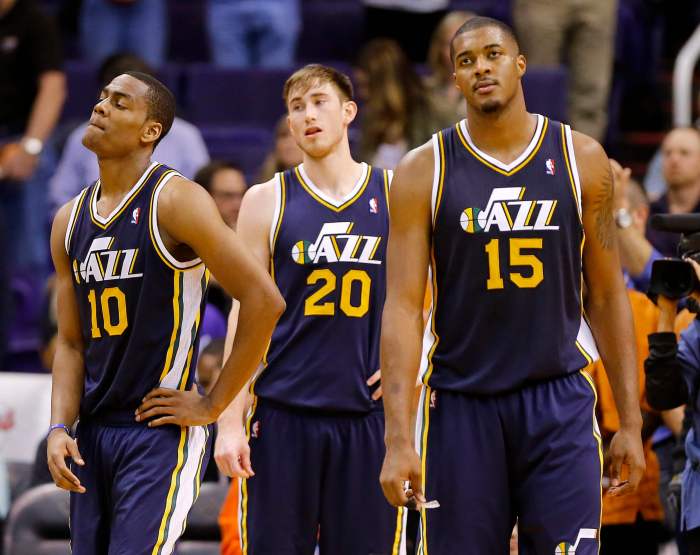Many games in the NBA are decided by a small margin – less than three possessions can change the outcome of a game. In games like this, each possession becomes hyper-critical; therefore maximizing those possessions is something winning teams do.
A great way to maximize a possession is to grab an offense rebound, keeping the possession alive, thus allowing your team another potential chance at scoring.
A couple of factors dictate offensive rebounding. Typically, teams need to make a concerted effort to get to the offensive glass in order to be in position for missed shots, but a lot of that has to do with a coach’s philosophy and/or the opponent they are playing. Coaches that are more defensive-minded may prefer to send fewer people to the boards on shot attempts, conceding the rebound, but instead opting to have more players back in preparation to play transition defense.
Offensive-minded coaches don’t mind aggressively crashing the boards in hopes of getting offensive rebounds and more opportunities, submarining their transition defense in the process.
A great example of this is the NCAA Division III team Grinnell College. Grinnell is typically one of the highest scoring teams in the nation and they put a large emphasis on offensive rebounding, drilling it everyday. In fact, they don’t teach normal boxing out principles (getting inside position, driving your man out), instead they teach their players to start on the outside and push their man closer to the basket, putting themselves in better offensive rebounding position in the process.
Opponents also dictate how many players crash and how many retreat to defense. In the “seven seconds or less” heyday of the Phoenix Suns, opposing teams focused so heavily on trying to stop their transition attack, that they sent only one or sometimes no players to the offensive glass.
Now, with that in mind, let’s flip the talk to the Nets. I’ll start by telling you something you probably already know: the Nets are not a great rebounding team. This observation is hardly breaking news, but if you look slightly closer at some of the Nets numbers, you find out that at least our offensive rebounding isn’t as bad as it could be.
According to Hoopdata, the Nets ranked 15th in offensive rebounding rate, grabbing 26.09% of available offensive rebounds. Ranking 15th (which is about middle of the pack) seems appropriate based on what we know of Avery Johnson’s approach to coaching.
Kris Humphries was the Nets best offensive rebounder, hauling in three a game (%12.6 of the Nets offensive rebounds). Brook Lopez trails him slightly at 2.4 ORPG.
There are certain aspects both physically and mentally that go into being a good offensive rebounder. Again, you need to be ball-hungry and make a conscious effort at getting to the rim on shot attempts. You need to put in the effort. Other things such as athletic ability, instincts and body position all play a part as well.
Kris Humphries was New Jersey’s best offensive rebounder last year. If you study ways that Hump got offensive rebounds, a few things stand out:
- Rebounding in traffic. More than a few times it was just Kris Humphries aggressiveness and desire that led to him grabbing the offensive rebound, even amongst a crowd.
- Positioning. Whether it is after being the roll man on a pick and roll or just simply making a conscious effort to getting to the front of the rim on shots, Humphries is nearly always in good rebounding position as the ball comes off the rim.
- Strength. Having a strong body certainly helps in rebounding and Humphries is one of the strongest in the league. Whenever he gets inside position, Humphries is able to hold and seal off that man, effectively securing the offensive rebound himself.
These are a nice cross-section of offensive rebounding traits and components that make up a good offensive rebounder. Take a look at some video clips:
So how do the Nets improve in this area?
Well, what’s glaringly obvious when you look at our stats is: outside of Humphries and Lopez, the Nets lack any other offensive rebounding presence. In fact, their next-best offensive rebounder last season was Johan Petro, who grabbed just 0.8 per game. It’s no surprise; trading Derrick Favors made an already thin front line even thinner, and the Nets played Travis Outlaw a lot of minutes as the four man on the floor. Outlaw lacks a certain “beef” required to bang for offensive rebounds.
As for new arrivals, rookie Jordan Williams could be another player in the frontcourt to provide offensive rebounding opportunities and he’s proven he has a knack for it, pulling in 3.6 ORPG last season at Maryland. Additionally, the Nets could dip into a free agent pool that has some capable rebounders in it such as Nene, Chuck Hayes, or Reggie Evans.
Of course, there is always that looming rumor about some player from Orlando who apparently is a good rebounder. But that’s a different story for a different day.


















